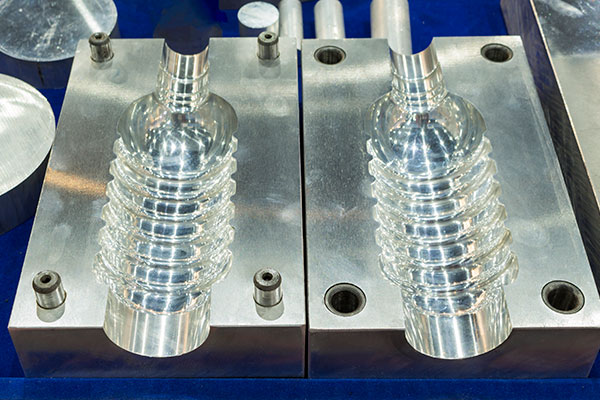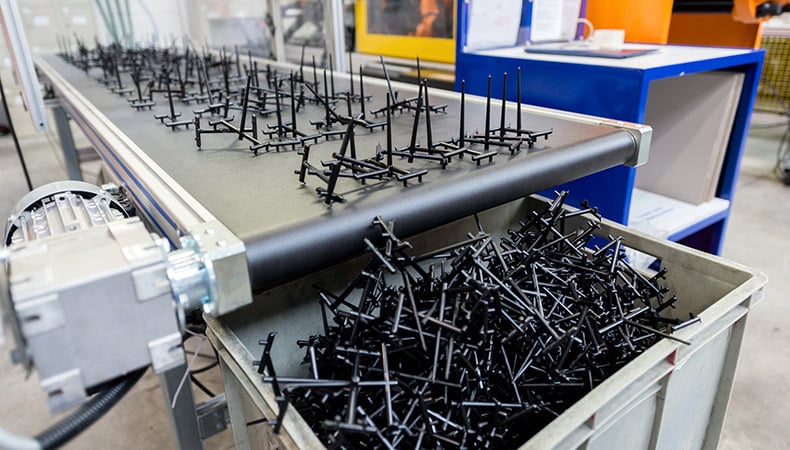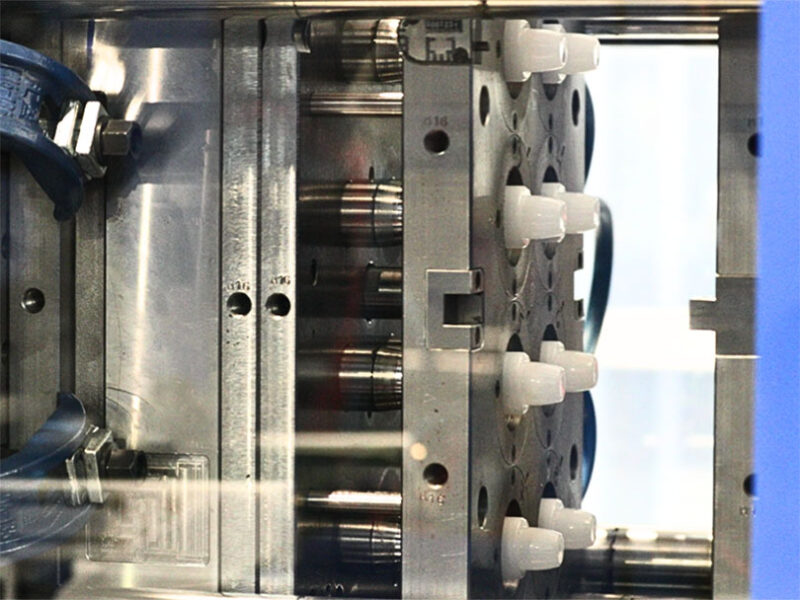Comprehending the Basics of Plastic Injection Molding Processes
Plastic shot molding serves as a foundation of modern manufacturing, giving a methodical method to creating intricate components with precision. Exploring these vital elements can reveal exactly how even small adjustments can lead to considerable enhancements in manufacturing end results, raising questions about the capacity for development in this recognized procedure.
What Is Plastic Shot Molding?
Plastic shot molding is a widely used manufacturing process that transforms thermosetting and thermoplastic materials into precise and complicated shapes. This technique is preferred for its capability to create high volumes of identical get rid of exceptional precision, making it an essential approach in various industries, consisting of automotive, consumer items, and clinical gadgets.
The procedure involves thawing the chosen plastic material and injecting it right into a mold under high pressure. The mold and mildew, created to the requirements of the wanted component, allows the molten plastic to take shape as it strengthens and cools down. Once the material has set, the mold is opened up, and the completed component is ejected.
Plastic shot molding offers a number of advantages, consisting of minimized waste, uniformity in production, and the capacity to include detailed styles that might be testing with various other producing methods. In addition, it supports a broad variety of products, each giving distinct properties that can be customized for particular applications. As industries continue to introduce, plastic shot molding stays at the leading edge, enabling the growth of innovative items that meet evolving customer demands.
The Injection Molding Process
The injection molding procedure is an innovative strategy that involves a number of essential phases to produce top notch plastic components. Initially, plastic pellets are fed right into a warmed barrel where they are melted right into a viscous liquid. This molten plastic is after that infused under high pressure right into a precision-engineered mold and mildew, which forms the product into the preferred kind.
As soon as the mold and mildew is loaded, the plastic is allowed to cool and solidify, taking the form of the mold dental caries. Air conditioning time is vital, as it impacts the cycle time and the last buildings of the molded part. After adequate air conditioning, the mold and mildew opens, and the completed part is expelled using ejector pins.

Materials Utilized in Shot Molding
Various materials can be made use of in the shot molding process, each offering unique properties that accommodate certain applications. The most commonly made use of products include thermoplastics, thermosetting plastics, and elastomers.

Thermosetting plastics, like epoxy and phenolic resins, undertake a chemical modification throughout the treating process, resulting in a rigid, stringent structure. These materials are excellent click this site for applications needing high warmth resistance and architectural integrity, usually utilized in auto parts and electric insulators.
Elastomers, including silicone and rubber-based materials, give adaptability and resilience. Their one-of-a-kind properties make them ideal for applications that require flexibility, such as seals and Continue gaskets.
Furthermore, specialty products like bio-based plastics and compounds are getting grip for their ecological advantages and boosted efficiency characteristics, widening the extent of shot molding applications in different markets. Recognizing the properties of these products is essential for choosing the ideal kind for specific projects.
Advantages of Shot Molding
Injection molding stands out as a highly effective manufacturing procedure that offers various benefits for producing complex components with precision. One of one of the most substantial benefits is the capacity to develop elaborate styles that would be impossible or tough to achieve with various other techniques (Plastic Injection Molding). The process permits tight resistances and comprehensive attributes, ensuring premium elements
In addition, injection molding is understood for its fast production capacities, making it a perfect option for high-volume production. As soon as the mold is created, parts can be produced swiftly, reducing preparations and increasing overall productivity. This effectiveness not just reduces manufacturing prices but additionally provides an one-upmanship on the market.
The convenience of materials utilized in injection molding additionally boosts its allure. A vast array of thermoplastics and thermosetting polymers can be utilized, permitting suppliers to select materials that best meet their specific needs, including heat, adaptability, and strength resistance.
Moreover, the process reduces waste, as excess product can typically be reused and reused. This sustainability facet adds to a minimized ecological influence, making shot molding a liable production option. Overall, the benefits of injection molding make it a favored technique for several markets.
Aspects Affecting Product Quality
While countless factors can influence product top quality in shot molding, understanding these components is vital for achieving optimal results. Key elements consist of product option, processing criteria, and mold layout.
Product selection plays a vital role, as different polymers exhibit one-of-a-kind residential properties that influence flowability, strength, and thermal security. Insufficient product option can cause problems such as bending or incomplete dental filling.
Processing parameters, consisting of pressure, cycle, and temperature time, need to be thoroughly regulated. Variations in these settings can lead to disparities partly measurements and surface finish. As an example, exceedingly heats may cause degradation of the polymer, while inadequate pressure can result in brief shots.
Mold design is similarly crucial, as it determines the circulation of the molten plastic and the cooling procedure. Badly made mold and mildews might result in uneven cooling prices, leading to recurring tensions and dimensional mistakes.

Final Thought
In final thought, plastic shot molding offers as an important production procedure that enables the efficient manufacturing of premium parts. Proficiency of the injection molding process, including the understanding of products and the impact of different aspects on item top quality, is important for accomplishing optimal outcomes. The benefits of this method, such as cost-effectiveness and design flexibility, more underscore its value across numerous markets, strengthening Your Domain Name its standing as a recommended choice for high-volume manufacturing.
Plastic shot molding offers as a foundation of modern-day production, giving a methodical strategy to producing intricate parts with accuracy.Plastic injection molding provides several benefits, including reduced waste, consistency in production, and the capacity to incorporate detailed designs that might be testing with other producing methods (Plastic Injection Molding). As sectors continue to introduce, plastic injection molding continues to be at the leading edge, enabling the advancement of sophisticated products that satisfy evolving customer needs
The shot molding process is an advanced strategy that includes a number of key phases to produce top notch plastic elements.In conclusion, plastic shot molding offers as a vital production process that makes it possible for the efficient manufacturing of high-quality elements.